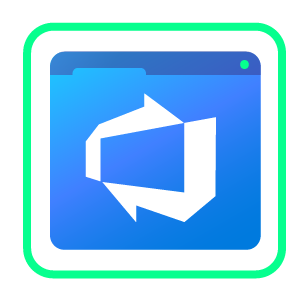Two-way Real-time Jira Integration
Sync Jira Issues and Sprints between multiple Jira instances or between Jira and other platforms like ServiceNow, Azure DevOps, Salesforce, Zendesk, GitHub, and more.
- Free forever with the basic mode
- 30-day free trial for premium features
Opt for the no-code configuration. Or, customize the sync with the Script mode
Sync anything. From attachments to custom fields
& 40+ default fields
Get unlimited syncs, triggers, and connections
Available for Cloud & On-premise











Switching Between Tools is Now a Thing of the Past
Have your teams collaborate across different systems, departments, and companies without thinking twice.
Don’t share credentials with other teams.
Choose what info to share with other teams and just sync it.
Don’t copy-paste data between emails, messages, and issues.
Integrate your Jira with your partner’s system and see everything in one place.
Don’t waste your time waiting on manual updates.
Automate your Jira sync and get real-time status updates.
Don’t switch between all the tools you use every day.
Stay in your favorite tool and sync the necessary data.
Sync Anything between Jira and Other Tools
You can sync any data available via API. The most common fields are listed below.
Issues
+40 fields are supported, incuding:
- Custom fields
- Summary
- Status
- Description
- Key
- Comment
- Attachment
- Priority
- Third-party plugin fields (e.g Insights)
Sprints
All fields are supported, including:
- Name
- State
- Start date
- End date
- Complete goal
- Origin board ID
- Goal

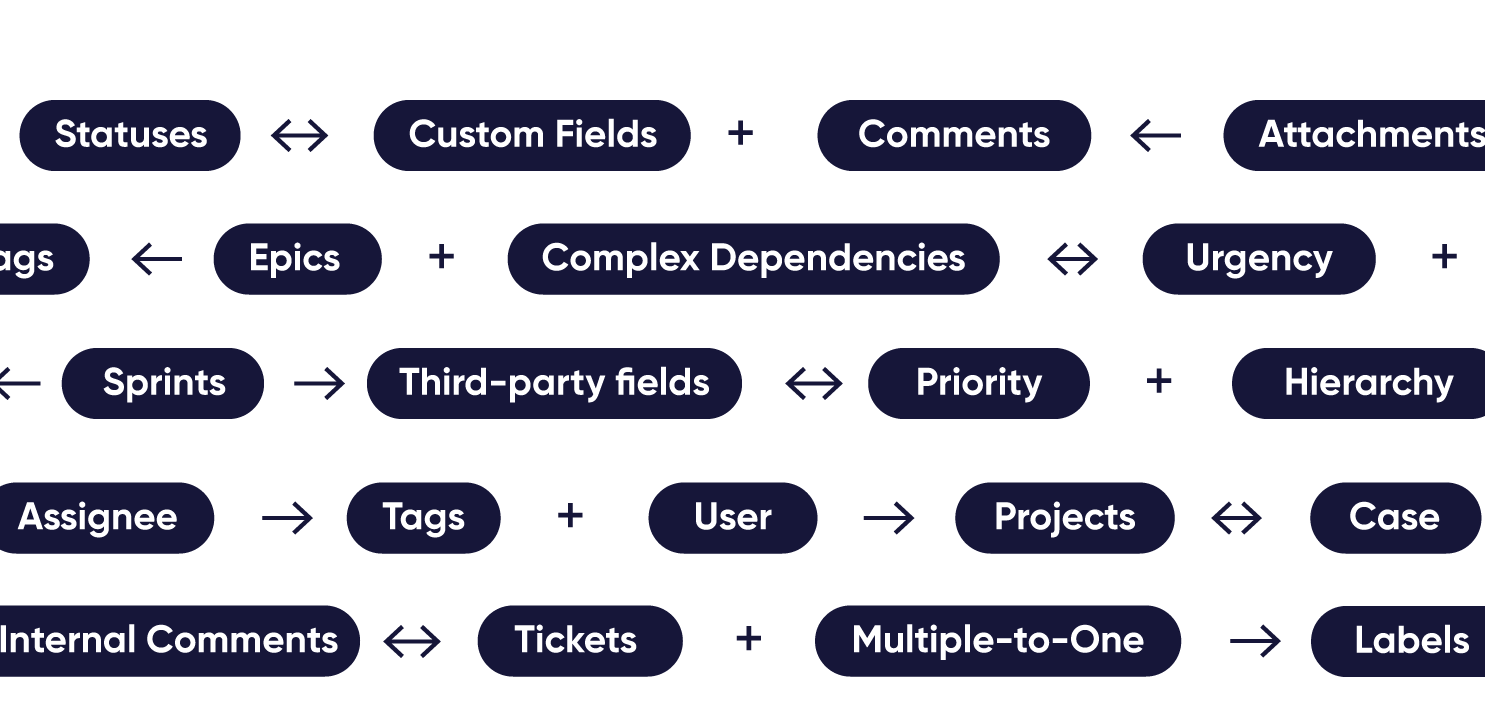
Get More out of Your Jira by Connecting it to Other Platforms
Real-time Jira Sync
- Get real-time status updates on critical issues.
- Reduce manual data entry errors with automatic sync.
- Sync information uni or bi-directionally.
- Provide accurate and consistent information for the right stakeholders.
- Restart the sync automatically after down times.
Triggers for Automated Jira Integration
- Use native query language triggers for automatic information flow.
- Use fine-grained JQL triggers for syncing issues and sprints.
- Edit triggers anytime without disrupting the sync
- Have advanced independent control using triggers present on both sides.
Bulk Operations
- Sync multiple issues based on the conditions you set.
- Connect existing issues with remote entities.
- Have advanced control over bulk syncing.
- Choose to sync existing comments, attachments, or worklogs.
Custom Data Mapping Rules
- Create custom mappings with just a few lines of code (with Groovy scripts).
- Map statuses, issue types, and priorities the way you want.
- Handle formatting differences between Jira and other platforms.
- Control the sync between multiple Jira projects and instances.
- Fine-tune the data mapping independently for both outgoing and incoming information.

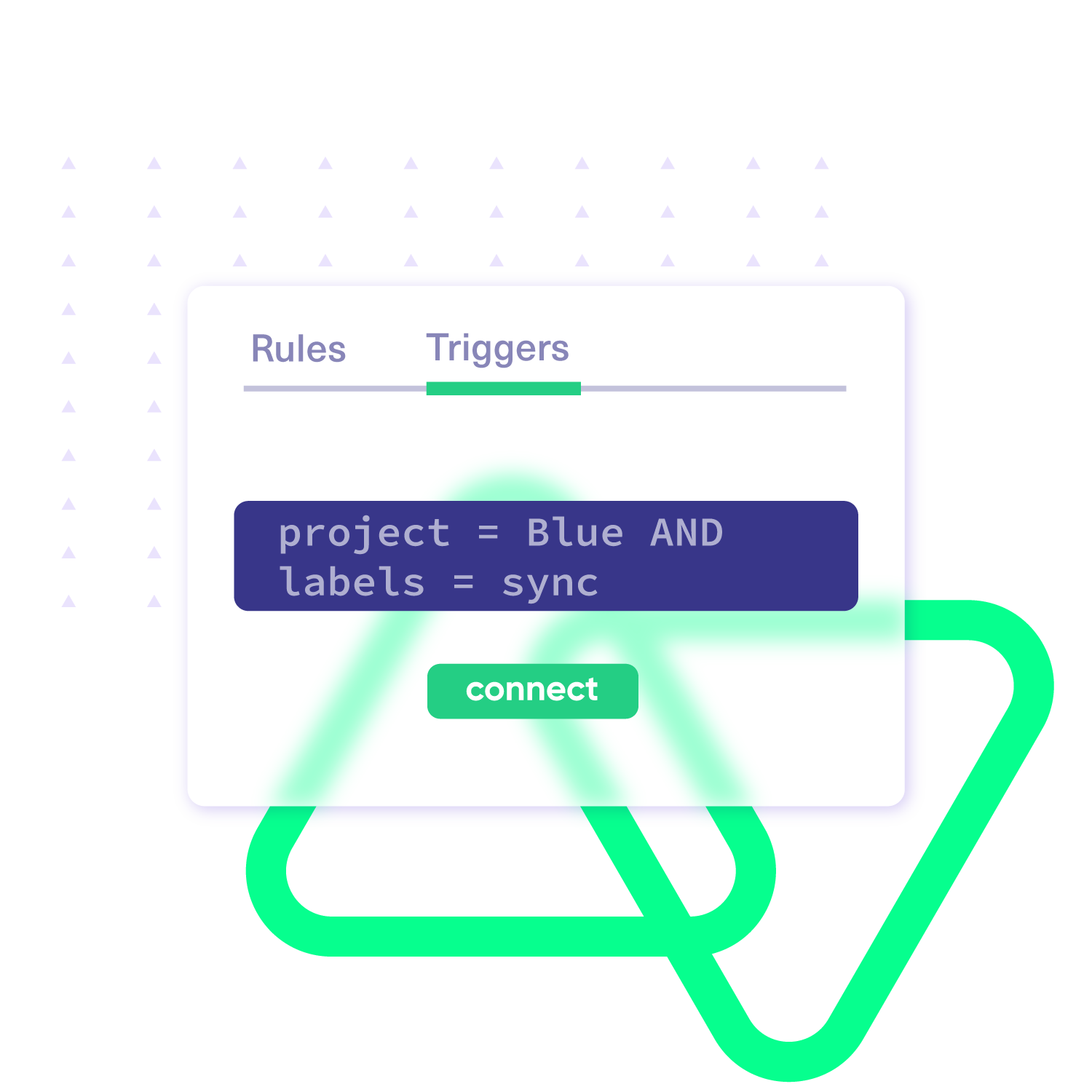
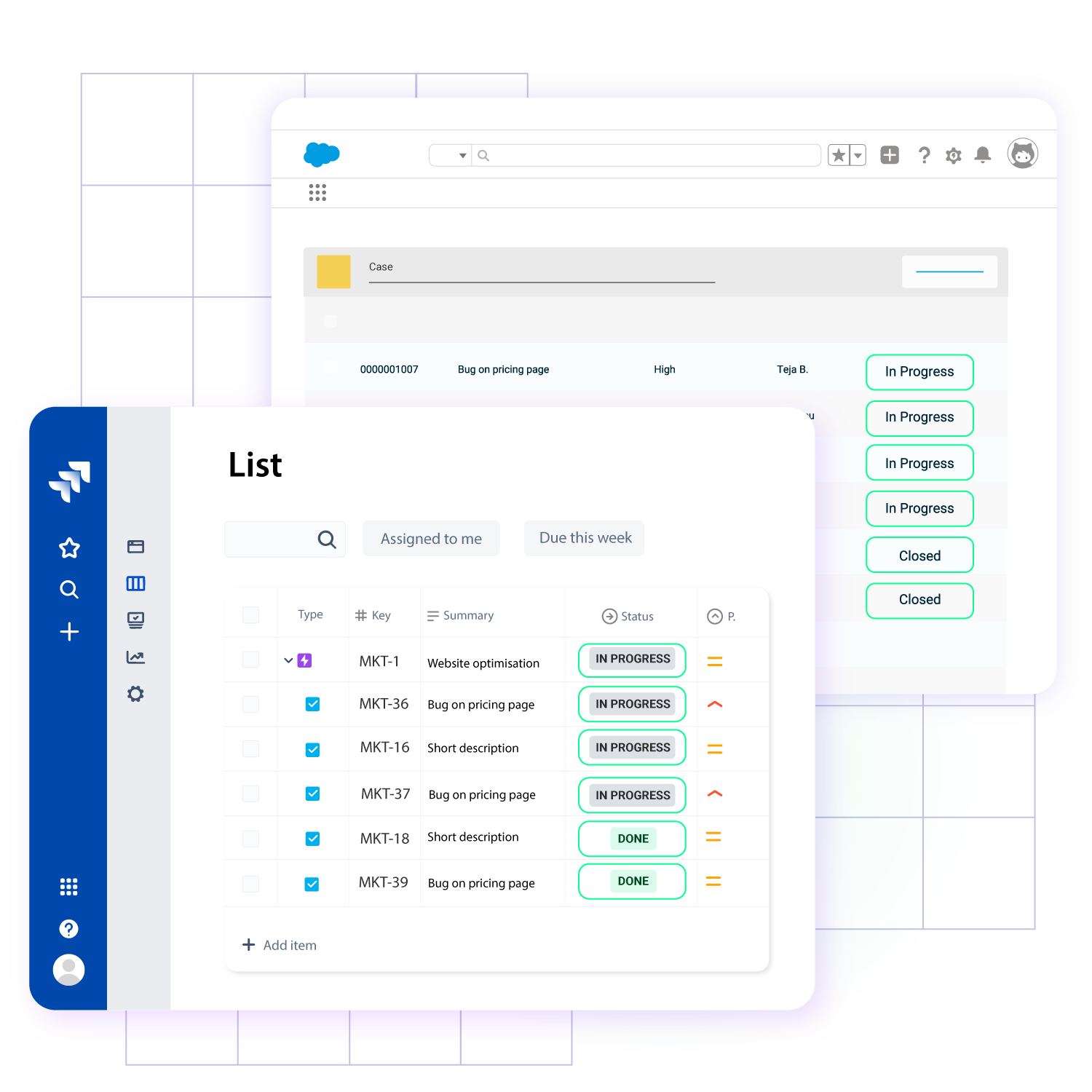
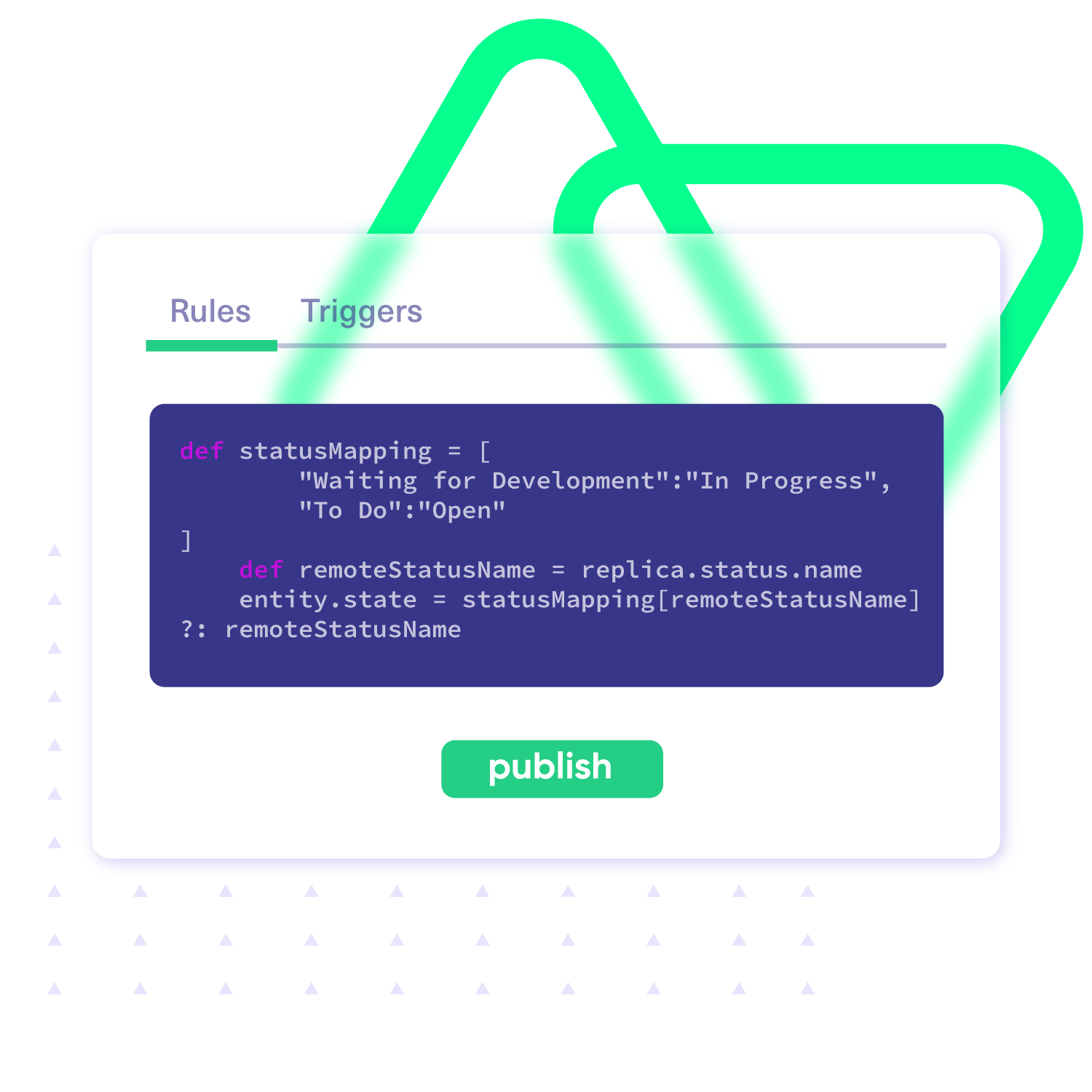
“
We can now handle around 500 customer incidents per week, thanks to Exalate, which is a very good result regarding the number of products we’re dealing with. It synchronizes 45x faster than our previous solution.
Christof Cuyper |

Granular Control Over Synced Data
- Have granular control on both sides.
- Easily handle complex sync scenarios with multiple dependencies using simple code.
- Sync any data available via APIs.
- Set up custom data mappings and robust triggers.
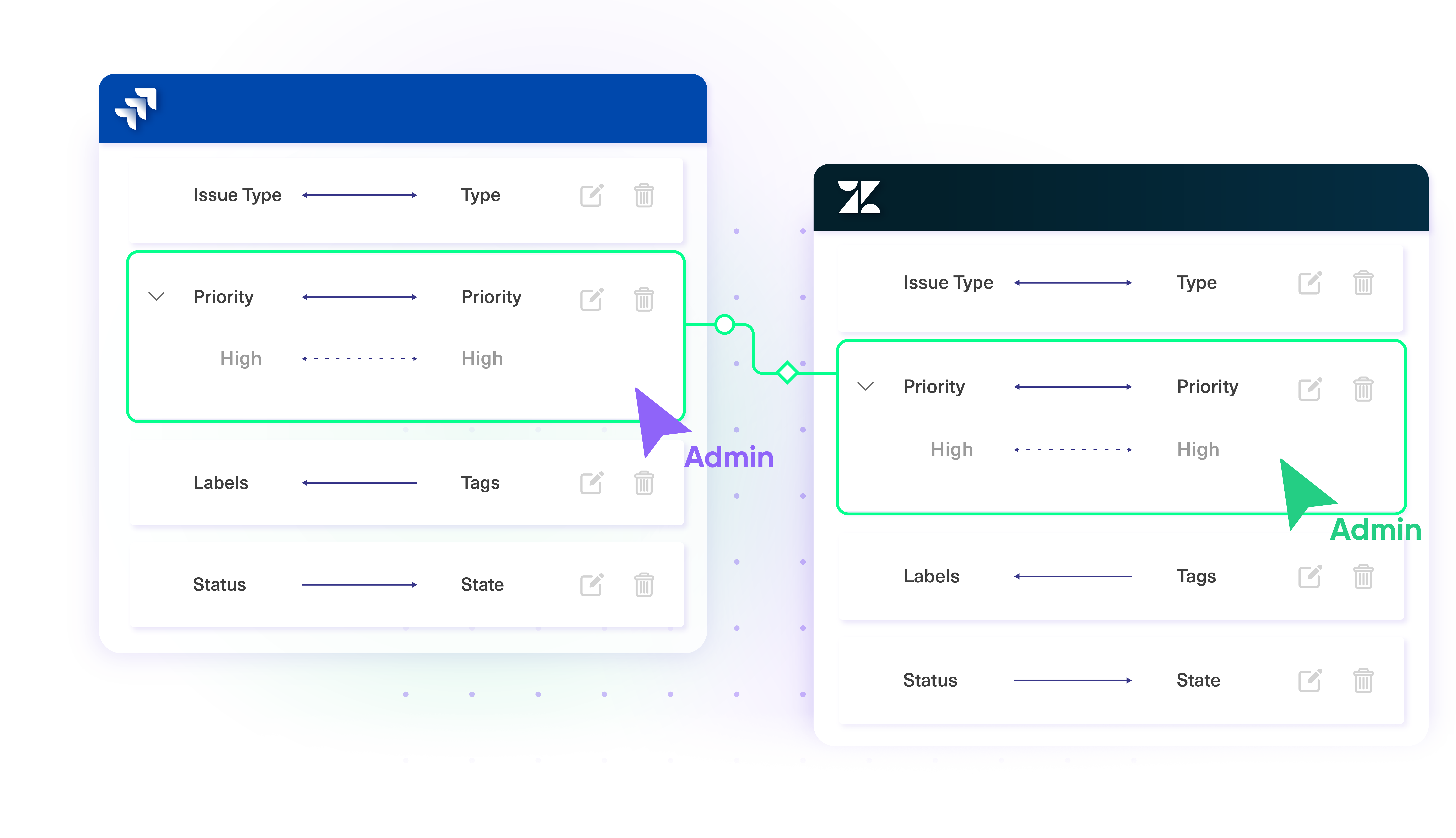
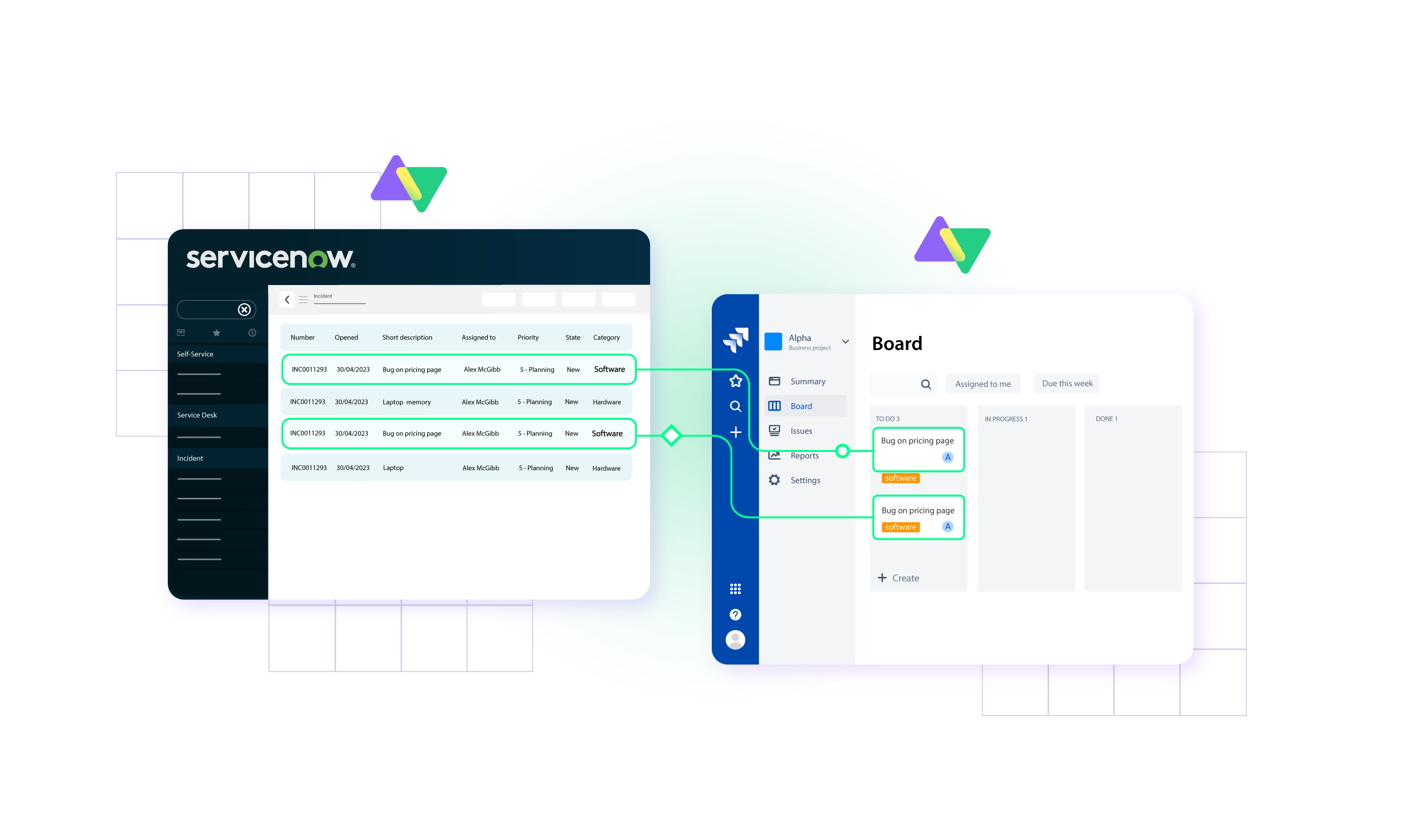
Decentralized Jira Integration
- Each side admin independently controls outgoing and incoming sync information.
- Changes to the application configuration on one side will not affect the other side.
Secure Jira Sync by Design
- Exalate's single-tenant cloud infrastructure and distributed architecture keeps your data safe.
- Your systems are loosely-coupled so you can easily scale your Jira integration.
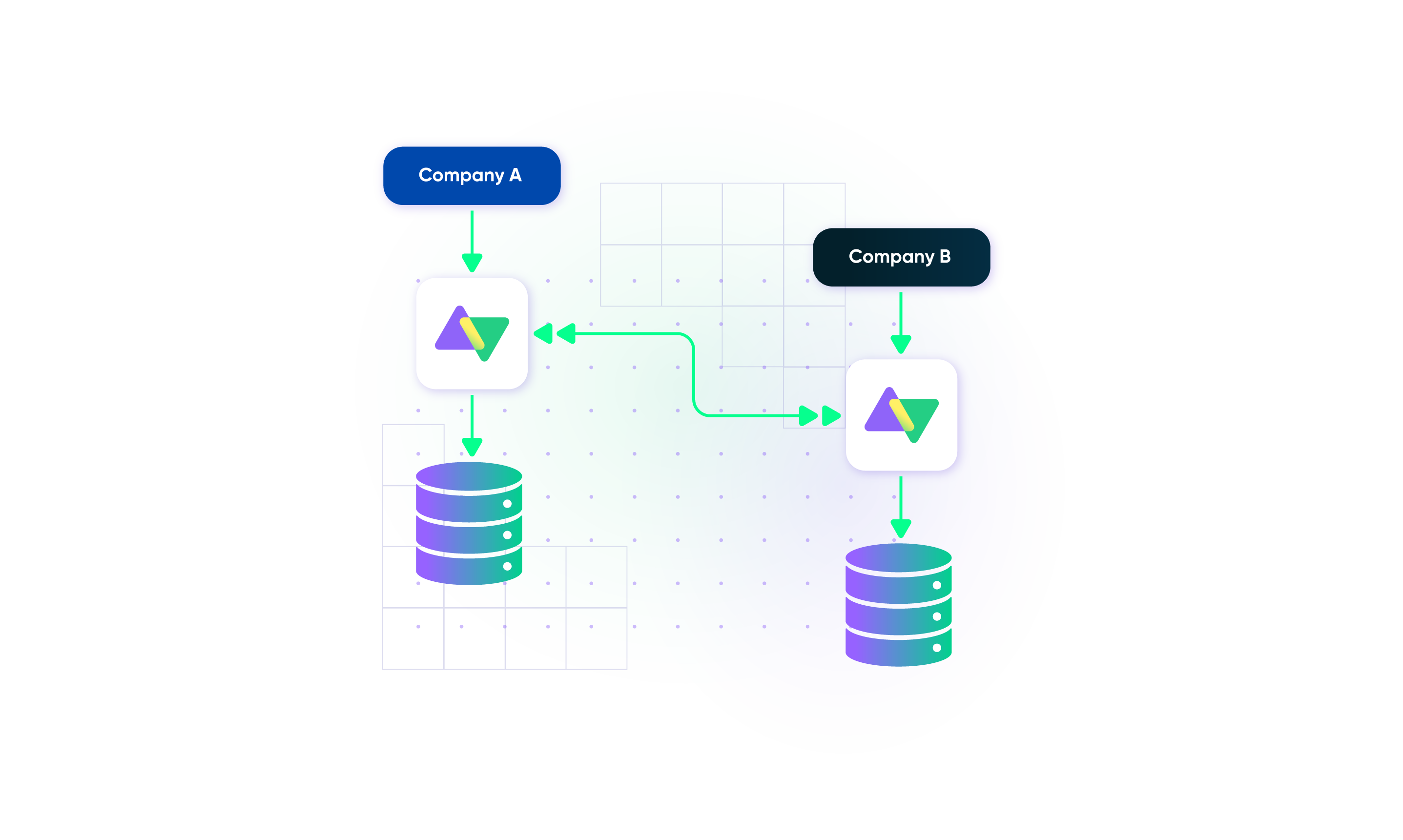
“
The advantage of Exalate’s decentralized architecture is that it’s not like a new learning curve for the customers to get into a new platform and figure out how they need to operate. They can just operate as they normally do, and that makes a huge impact on the overall outcome of security incidents.
Alexander Sinno |

Configure Your Jira Integrations the Way You Want
Pick the mode that best suits your team and your needs. Business or technical, we have the right configuration mode for you.
- Out-of-the-box basic mode
- Intuitive drag-n-drop visual mode
- Infinitely customizable script mode
Set up Your Jira Integration in 5 Simple Steps:
01
install
Install Exalate on Jira and the other side(s).
02
connect
Connect Jira to your other systems.
03
customize
Map fields as you like.
04
automate
Set up triggers to automate Jira integration.
05
sync
Your tools are connected. Happy syncing!
FAQs
Answers to the most frequently asked questions
The price of Exalate for Jira depends on the total number of users on your Jira and its deployment model. You can check the exact price on the Atlassian Marketplace.
System failures and down times lead to failed synchronizations. Exalate makes the whole sync process asynchronous using transactional sync queues at both integrating sides. It tracks sync events in the same order as the original issue event. So changes can be applied in the same order once the down time or error is fixed. It also has an integrated retry mechanism to resume the sync from the point of interruption without manual intervention.
Exalate handles formatting differences between different platforms through Groovy-based scripts. It provides a lot of Helper classes and methods to handle these different formats. For instance, it uses specific nodeHelper methods to take care of the HTML and markdown formats Azure DevOps and Jira supports.
Exalate is installed as an embedded add-on on Jira on-premise. For Jira Cloud, it works as an Atlassian connect add-on.
You can also choose to install Exalate on Jira via docker.
Access to these addons is via REST API requests, webhooks, iframes, etc depending on whether it’s Jira Cloud or on-premise.
Most cloud deployment models support multi-tenancy where infrastructure is shared to implement a certain functionality.
So there’s an increased risk of unauthorized access.
Exalate’s single-tenancy model ensures every instance has its own process space, file system, network and database completely separated from all other instances.
This model is available for all cloud deployments of Exalate like Jira, GitHub, Zendesk, Salesforce, ServiceNow and Azure DevOps.
Yes, you can integrate a Jira instance behind a firewall with a public facing Jira Cloud instance.
You can use the public-private connection type to do so.
You can also connect local project configurations by setting up Local connections such as between a JSM project and one or more Jira software projects.
More details on how it works can be found in the security and architecture whitepaper.
Exalate supports all standard fields in Jira Software, Jira Service Management, and Jira Work management, as well as Jira Align (with slight tweaks).
You can sync the basic issue fields like summary, description, issue types, comments, labels, attachments, priority, custom fields etc. In addition to these fields, Exalate’s advanced scripting engine allows you to sync any field that is available via REST APIs using the httpClient method.
How useful was this content?
Click on a star to rate it!
Average rating 4.6 / 5. Vote count: 30
No votes so far! Be the first to rate this post.
We are sorry that this post was not useful for you!
Let us improve this post!
Tell us how we can improve this post?










